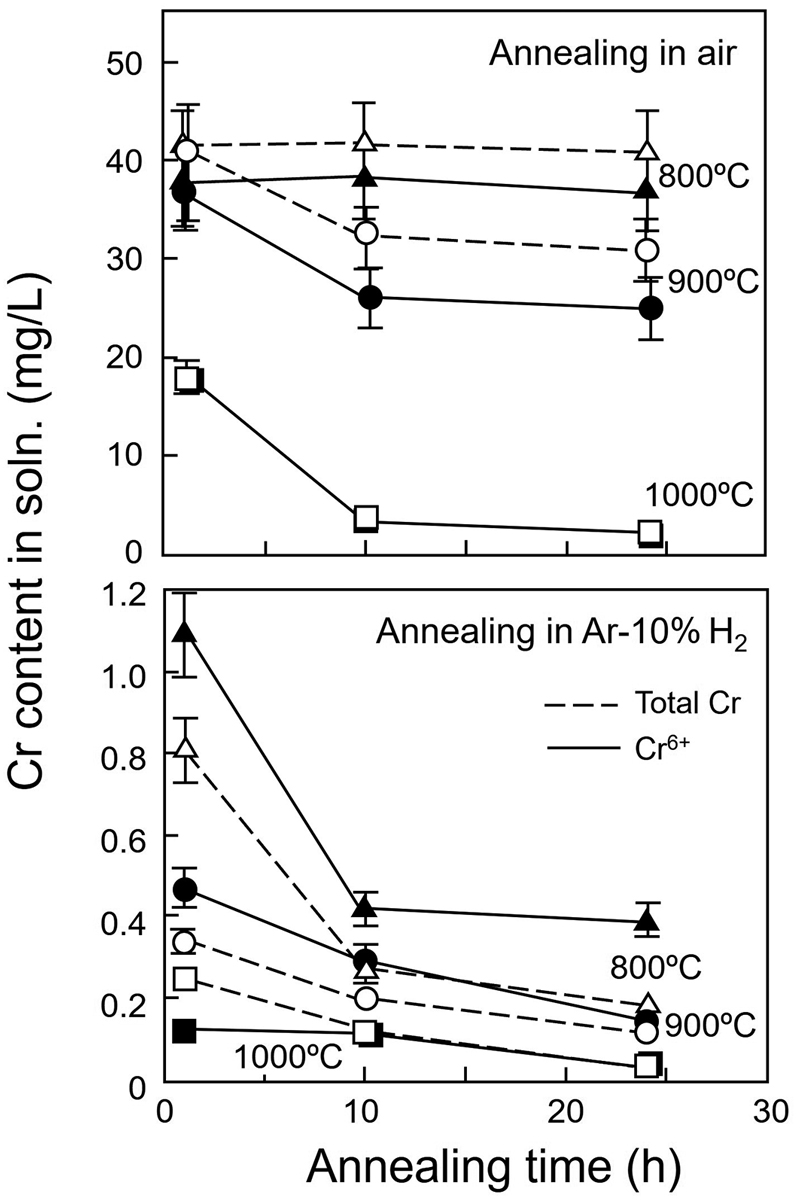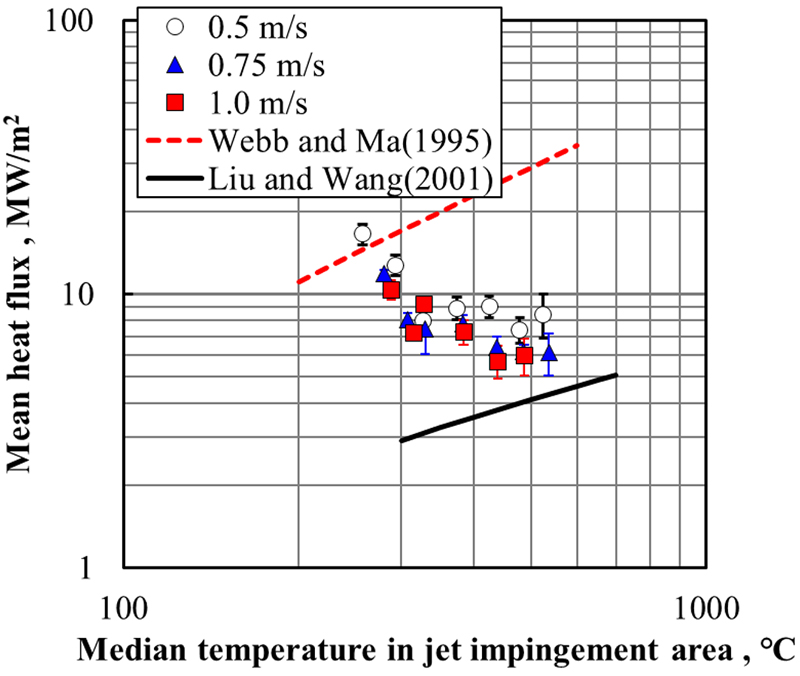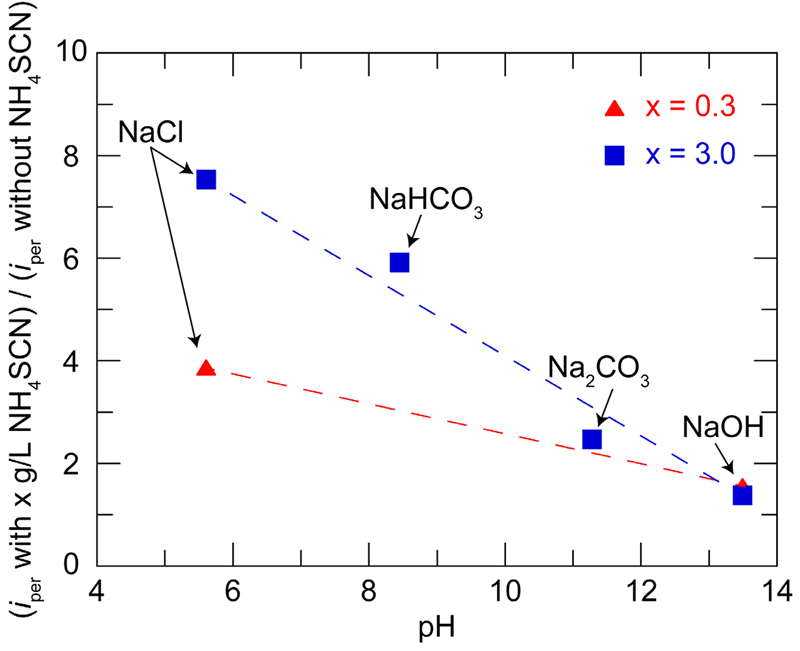
- Issue 16 Pages 1251-
- Issue 15 Pages 1165-
- Issue 14 Pages 1033-
- Issue 13 Pages 989-
- Issue 12 Pages 899-
- Issue 11 Pages 795-
- Issue 10 Pages 721-
- Issue 9 Pages 653-
- Issue 8 Pages 569-
- Issue 7 Pages 513-
- Issue 6 Pages 427-
- Issue 5 Pages 395-
- Issue 4 Pages 343-
- Issue 3 Pages 89-
- Issue 2 Pages 35-
- Issue 1 Pages 1-
- Issue 16 Pages 2157-
- Issue 15 Pages 1805-
- Issue 14 Pages 1613-
- Issue 13 Pages S1141-
- Issue 12 Pages S1037-
- Issue 11 Pages 1443-
- Issue 10 Pages 1273-
- Issue 9 Pages 1077-
- Issue 8 Pages 917-
- Issue 7 Pages 751-
- Issue 6 Pages 585-
- Issue 5 Pages S389-
- Issue 4 Pages S1-
- Issue 3 Pages 403-
- Issue 2 Pages 233-
- Issue 1 Pages 19-
- Issue 16 Pages 2153-
- Issue 15 Pages 1977-
- Issue 14 Pages 1813-
- Issue 13 Pages S1285-
- Issue 12 Pages S1043-
- Issue 11 Pages 1667-
- Issue 10 Pages 1481-
- Issue 9 Pages 1231-
- Issue 8 Pages 891-
- Issue 7 Pages 711-
- Issue 6 Pages 538-
- Issue 5 Pages S407-
- Issue 4 Pages S1-
- Issue 3 Pages 347-
- Issue 2 Pages 173-
- Issue 1 Pages 14-
- Issue 16 Pages 1837-
- Issue 15 Pages 1711-
- Issue 14 Pages 1569-
- Issue 13 Pages S1205-
- Issue 12 Pages S1034-
- Issue 11 Pages 1423-
- Issue 10 Pages 1269-
- Issue 9 Pages 1059-
- Issue 8 Pages 925-
- Issue 7 Pages 775-
- Issue 6 Pages 627-
- Issue 5 Pages S287-
- Issue 4 Pages S1-
- Issue 3 Pages 301-
- Issue 2 Pages 147-
- Issue 1 Pages 12-
- Issue 16 Pages 2179-
- Issue 15 Pages 1795-
- Issue 14 Pages 1631-
- Issue 13 Pages S1053-
- Issue 12 Pages S1023-
- Issue 11 Pages 1501-
- Issue 10 Pages 1315-
- Issue 9 Pages 987-
- Issue 8 Pages 767-
- Issue 7 Pages 621-
- Issue 6 Pages 473-
- Issue 5 Pages S305-
- Issue 4 Pages S1-
- Issue 3 Pages 299-
- Issue 2 Pages 151-
- Issue 1 Pages 16-
- Issue 16 Pages 1945-
- Issue 15 Pages 1699-
- Issue 14 Pages 1531-
- Issue 13 Pages S1055-
- Issue 12 Pages S1013-
- Issue 11 Pages 1367-
- Issue 10 Pages 1215-
- Issue 9 Pages 1087-
- Issue 8 Pages 887-
- Issue 7 Pages 721-
- Issue 6 Pages 507-
- Issue 5 Pages S317-
- Issue 4 Pages S1-
- Issue 3 Pages 343-
- Issue 2 Pages 187-
- Issue 1 Pages 17-
- Issue 16 Pages 2405-
- Issue 15 Pages 2067-
- Issue 14 Pages 1865-
- Issue 13 Pages 1675-
- Issue 12 Pages S1055-
- Issue 11 Pages S1015-
- Issue 10 Pages 1479-
- Issue 9 Pages 1129-
- Issue 8 Pages 895-
- Issue 7 Pages 711-
- Issue 6 Pages 545-
- Issue 5 Pages S325-
- Issue 4 Pages S1-
- Issue 3 Pages 369-
- Issue 2 Pages 193-
- Issue 1 Pages 16-
- Issue 16 Pages 2573-
- Issue 15 Pages 2261-
- Issue 14 Pages 2073-
- Issue 13 Pages S1111-
- Issue 12 Pages S1001-
- Issue 11 Pages 1867-
- Issue 10 Pages 1657-
- Issue 9 Pages 1409-
- Issue 8 Pages 1043-
- Issue 7 Pages 841-
- Issue 6 Pages 649-
- Issue 5 Pages S415-
- Issue 4 Pages S1-
- Issue 3 Pages 431-
- Issue 2 Pages 225-
- Issue 1 Pages 3-
- |<
- <
- 1
- >
- >|
-
2022Volume 108Issue 11 Pages Cover-
Published: November 01, 2022
Released on J-STAGE: October 31, 2022
JOURNAL OPEN ACCESSDownload PDF (663K) -
2022Volume 108Issue 11 Pages Contents-
Published: November 01, 2022
Released on J-STAGE: October 31, 2022
JOURNAL OPEN ACCESSDownload PDF (5457K) -
2022Volume 108Issue 11 Pages Editorial-
Published: November 01, 2022
Released on J-STAGE: October 31, 2022
JOURNAL OPEN ACCESSDownload PDF (503K)
-
Takayuki Iwama, Shigeru Ueda, Ryo InoueArticle type: Review Article
2022Volume 108Issue 11 Pages 803-810
Published: 2022
Released on J-STAGE: October 31, 2022
JOURNAL OPEN ACCESS FULL-TEXT HTMLSteelmaking slags are reused for civil engineering and roadbed materials. When the slag containing Cr oxide is reused, there is a slight case of toxic Cr6+ elution from the mineral phase containing CrO3 into the environment. Therefore, in order to effectively utilize slag as resources, the development of a technology to suppress Cr elution is urgently required. Regarding the formation of Cr6+ at high temperature and the elution of Cr6+ and Cr3+, many researches have been carried out as functions of the synthesis conditions of mineral phases and slags and elution conditions. Furthermore, the Cr6+ dissolution from actual slags has been reported. In this paper, the studies on the synthesized Cr-containing mineral phase and slags are reviewed, and the research issues of the technology to suppress Cr6+ elution from slag are discussed.
 View full abstractDownload PDF (1660K) Full view HTML
View full abstractDownload PDF (1660K) Full view HTML
-
Ichiro DaigoArticle type: Review Article
2022Volume 108Issue 11 Pages 811-822
Published: 2022
Released on J-STAGE: October 31, 2022
Advance online publication: August 09, 2022JOURNAL OPEN ACCESS FULL-TEXT HTMLLife cycle assessment (LCA) has been developed for evaluating the environmental impacts associated with a product through its life cycle. LCA is used in product environmental footprint programs. In carbon neutrality, greenhouse gas emissions associated with a product and an organization are of great interest, where methodologies and databases developed for LCA are used. Thus, LCA has become an essential tool for the zero-emission society and circular economy. However, when LCA is applied to materials, a material life cycle may contain several product life cycles due to its recycling. Therefore, evaluation methodologies for consuming secondary raw materials and for recovering them should be seriously considered. This article provides basic knowledge of LCA and advanced knowledge for recycling effects. As basic knowledge, the difference between attributional LCA and consequential LCA and their selection depending on the purpose of assessment are described. As for the recycling effects, characteristics of three possible modeling approaches, cut-off, portioning, and avoided burden approaches, are introduced. In the avoided burden approach, the allocation factor between two product life cycles that secondary raw materials are supplied from and demanded by should be determined. Although the fundamental concept for defining the allocation factor is widely accepted, the methodology for that is still under discussion. Based on the state-of-the-art methodologies, two major applications of LCA in material industries are described, such as evaluating the environmental impacts avoided by new materials or technologies and comparing different materials in terms of environmental impacts through a product life cycle.
 View full abstractDownload PDF (1787K) Full view HTML
View full abstractDownload PDF (1787K) Full view HTML
-
Katsutoshi Tatebe, Yuta Shioiri, Shunsuke Fujita, Hitoshi FujimotoArticle type: Regular Article
2022Volume 108Issue 11 Pages 823-834
Published: 2022
Released on J-STAGE: October 31, 2022
JOURNAL OPEN ACCESS FULL-TEXT HTMLIn metal hot-rolling processes, water jet cooling of a moving hot solid is commonly used for run-out table (ROT) cooling. High-accuracy evaluation of the surface heat flux at jet-impinging areas is important for accurate temperature control to produce high-quality steel plates. Most previous studies on the heat transfer characteristics of jet impingement areas have considered water jet impingement on stationary hot solids; however, the flow conditions are different in ROT cooling because the water jet impinges on moving hot solids. Thus, the estimation of the heat flux at the jet impact zone of a water jet on a moving hot solid is essential. Therefore, we developed a method for evaluating the surface heat flux in the impinging areas of water jet cooling of a moving hot solid. The method was based on the inverse solution of the heat conduction equation, using the measured temperature profile as a boundary condition, such that the heat removal in the jet impinging area was obtained numerically. To demonstrate the validity of our model, we performed cooling experiments on a circular water jet impinging obliquely on a moving hot solid. The experiments were conducted under the following conditions: temperature of the solid made of stainless steel was 300-550 °C, moving velocity of the solid was 0.5-1.0 m/s, jet diameter was approximately 0.31 mm, and water flow rate was 10 ml/min. We confirmed that the model was useful for evaluating the heat flux in the jet impact region.
 View full abstractDownload PDF (5862K) Full view HTML
View full abstractDownload PDF (5862K) Full view HTML
-
Daisuke Sasaki, Daisuke Imatomi, Toru KatoArticle type: Regular Article
2022Volume 108Issue 11 Pages 835-845
Published: 2022
Released on J-STAGE: October 31, 2022
Advance online publication: August 27, 2022JOURNAL OPEN ACCESS FULL-TEXT HTMLTo address environmental problems such as global warming, improvements in fuel efficiency, motor performance, and collision safety are required. Therefore, weight reduction, high strength, and rigidity have been prioritized in automobile bodies. In this regard, a multimaterial body composed of steel and aluminum alloys has been developed. To evaluate the reliability of a multimaterial body, the effect of hydrogen, which significantly contributes to delay failure, on its strength characteristics must be clarified. In this study, we investigated the evolution of mesoscopic and microscopic damages during tensile shear tests on clinched joints, with and without hydrogen charging. Subsequently, cross-sectional observations and fractography were conducted. The cross-sectional observations showed that cracks initiated at lower loads in the hydrogen-charged specimen, as compared to those in the uncharged specimen. Additionally, longitudinal cracks appeared only on the cross section of the hydrogen-charged specimen. At lower loads where crack initiation was confirmed, submicro voids were observed on the cross section. The fractography results indicated a layered fractured surface with submicro dimples on the hydrogen-charged specimen and a general ductile fractured surface with voids on the uncharged specimen. These results indicate that hydrogen causes the damage to evolve from primarily void coalescence to longitudinal crack coalescence. Additionally, prior to the formation of a main crack and longitudinal cracks, submicro voids are initiated. These initiation and growth mechanisms indicate that even on plastic deformation joints, hydrogen enhances localized plasticity and damage evolution, thereby reducing tensile shear strength.
 View full abstractDownload PDF (5254K) Full view HTML
View full abstractDownload PDF (5254K) Full view HTML -
Gaku Kitahara, Takashi Asada, Hideaki MatsuokaArticle type: Regular Article
2022Volume 108Issue 11 Pages 846-856
Published: 2022
Released on J-STAGE: October 31, 2022
JOURNAL OPEN ACCESS FULL-TEXT HTMLSpot-welded advanced high-strength steel (AHSS) sheets are used to decrease car body weight and enhance crashworthiness simultaneously. Such welds are susceptible to hydrogen embrittlement, but research in this area is limited. We have evaluated the hydrogen embrittlement properties of spot welds fabricated with AHSS sheets and clarified the dependence of diffusible hydrogen content and tensile rate on tensile shear strength. However, the performance of spot welds must be evaluated not only by static testing such as tensile shear tests but also by dynamic fatigue testing. Herein, we investigated the effects of diffusible hydrogen on their fatigue life via tensile–shear fatigue tests under cathodic hydrogen charging. The number of cycles to failure and the endurance limit decreased with diffusible hydrogen content. The number of cycles to failure decreased as the constant amplitude-loading frequency declined. The intergranular cracking is more likely to occurs as the amount of diffusible hydrogen increases and as the frequency decreases. These results are explained by hydrogen accumulation and crack growth behavior caused by mechanism for hydrogen-enhanced local plasticity and hydrogen enhancement of the strain-induced generation of vacancies mechanism. Furthermore, the correlation between static testing and dynamic fatigue testing was investigated, and the relationship between fatigue strength and the amount of diffusible hydrogen was in good agreement with the diffusible hydrogen dependence of tensile shear strength obtained from slow rate tensile shear tests under hydrogen charging.
 View full abstractDownload PDF (3606K) Full view HTML
View full abstractDownload PDF (3606K) Full view HTML
-
Saya Ajito, Tomohiko Hojo, Motomichi Koyama, Eiji AkiyamaArticle type: Regular Article
2022Volume 108Issue 11 Pages 857-863
Published: 2022
Released on J-STAGE: October 31, 2022
Advance online publication: August 06, 2022JOURNAL OPEN ACCESS FULL-TEXT HTMLTo evaluate the susceptibility of steels to hydrogen embrittlement, it must be hydrogen charged and have its hydrogen content controlled before any mechanical testing. In this study, hydrogen permeation tests of an iron sheet were performed during potentiostatic hydrogen charging in various solutions containing ammonium thiocyanate to obtain a guideline for efficient hydrogen charging for a wide range of hydrogen contents. As the polarization potential shifted in the negative direction, the hydrogen permeation current increased before becoming almost constant. In all cases, besides when an aqueous sodium hydroxide solution was employed, the hydrogen permeation current increased due to the addition of ammonium thiocyanate. The effect of adding ammonium thiocyanate was enhanced as the aqueous solution pH was decreased. The hydrogen permeation current under various hydrogen charging conditions obtained in this study can be used as a reference for hydrogen charging of steels.
 View full abstractDownload PDF (2523K) Full view HTML
View full abstractDownload PDF (2523K) Full view HTML
-
Satoshi Mitomi, Hideaki Iwaoka, Shoichi HirosawaArticle type: Regular Article
2022Volume 108Issue 11 Pages 864-876
Published: 2022
Released on J-STAGE: October 31, 2022
JOURNAL OPEN ACCESS FULL-TEXT HTMLTo investigate the effect of grain sizes on hydrogen embrittlement of 4N-purity iron, miniature tensile tests were conducted after hydrogen charging for ultrafine-grained specimens produced by high-pressure torsion and subsequent annealing. Hydrogen embrittlement indexes defined from reduction of area were increased with decreasing grain size, and shear-type fracture was occurred with fine dimples on the fracture surface of the specimen with a smaller grain size. The formation and growth of microvoids at triple junctions of grain boundaries ahead of propagated cracks were responsible for such earlier shear-type fracture because necking between adjacent microvoids is more likely and extensively occurred. In the specimens with larger grain sizes or without hydrogen charging, on the other hand, local coalescence and growth of microvoids were predominant due to longer distances between triple junctions, resulting in void coalescence-type fracture with coarser dimple patterns. Therefore, hydrogen atoms introduced by hydrogen charging are considered to enhance the formation of deformation-induced vacancies in ultrafine-grained iron, resulting in shear-type fracture with finer dimple patterns.
 View full abstractDownload PDF (12739K) Full view HTML
View full abstractDownload PDF (12739K) Full view HTML -
Atsushi Ito, Taiga Fuse, Shiro TorizukaArticle type: Regular Article
2022Volume 108Issue 11 Pages 877-890
Published: 2022
Released on J-STAGE: October 31, 2022
JOURNAL OPEN ACCESS FULL-TEXT HTMLCommonly, plain carbon fresh martensitic steel shows high strength and breaking immediately. However, low C–2 wt.%Si–5 wt.%Mn fresh martensitic steel exhibits excellent strength and ductility. But it's not clear why 5 wt.%Mn martensitic steel has ductility more than plain carbon martensitic steel. In this study, the effect of C and Mn on strength and ductility is investigated by in-situ X-ray diffraction during tensile tests in SPring-8. The relationship between the work hardening behavior and the dislocation behavior is analyzed. The dislocation density was calculated with modified Williamson-Hall method and modified Warren-Averbach method. XAFS measurement was also performed to investigate the interaction between Mn and C. It was found that the increase rate of dislocation density in plain carbon martensitic steel was higher than in 5%Mn martensitic steel. Adding 5%Mn, the increase rate of dislocation density can be reduced. We found that the tensile strength is determined by the upper limit of dislocation density, and the uniform ductility is determined by the increase rate of the dislocation density. The dislocation arrangement parameter obtained by XRD and TEM observation revealed that adding 5%Mn inhibited the formation of dislocation cell structure, resulting in increasing dislocation density. From XAFS results, it is considered that the attractive distance between Mn atoms and C atoms increases the interparticle distance of C atoms fixed to dislocations. Therefore, it is considered that the shear stress on dislocation for breaking through between the solute atoms decreases, and the work hardening rate decreases.
 View full abstractDownload PDF (6969K) Full view HTML
View full abstractDownload PDF (6969K) Full view HTML -
Motoaki Hayama, Yusuke Maki, Shoichi Kikuchi, Jun KomotoriArticle type: Regular Article
2022Volume 108Issue 11 Pages 891-899
Published: 2022
Released on J-STAGE: October 31, 2022
Advance online publication: August 26, 2022JOURNAL OPEN ACCESS FULL-TEXT HTMLThe transformation behavior of retained austenite in carburized SCM420H steel and its effect on the change in residual stress on a surface are investigated. The retained austenite on the carburized steel is transformed significantly in the first cycle of fatigue loading with a stress ratio of −1, and the transformation is less significant thereafter. Tensile loading significantly affects the transformation of retained austenite as compared with compressive loading. This is because the mechanical driving force that contributes to the martensitic transformation of retained austenite differs under tensile and compressive stresses. To investigate the transformation behavior of retained austenite and residual stress more comprehensively, an in situ X-ray measurement of retained austenite and residual stress is conducted. In the measurement, retained austenite or residual stress on a specimen surface is measured under loading conditions. Results show that the transformation of retained austenite under tensile loading involves a threshold stress value at which the transformation begins. The transformation of retained austenite proceeds when the applied stress exceeds the threshold value; however, no transformation occurs regardless of the number of loading cycles when the applied stress does not exceed the threshold. The compressive residual stress on the specimen surface increases as retained austenite transforms to martensite due to stress loading.
 View full abstractDownload PDF (2434K) Full view HTML
View full abstractDownload PDF (2434K) Full view HTML
- |<
- <
- 1
- >
- >|